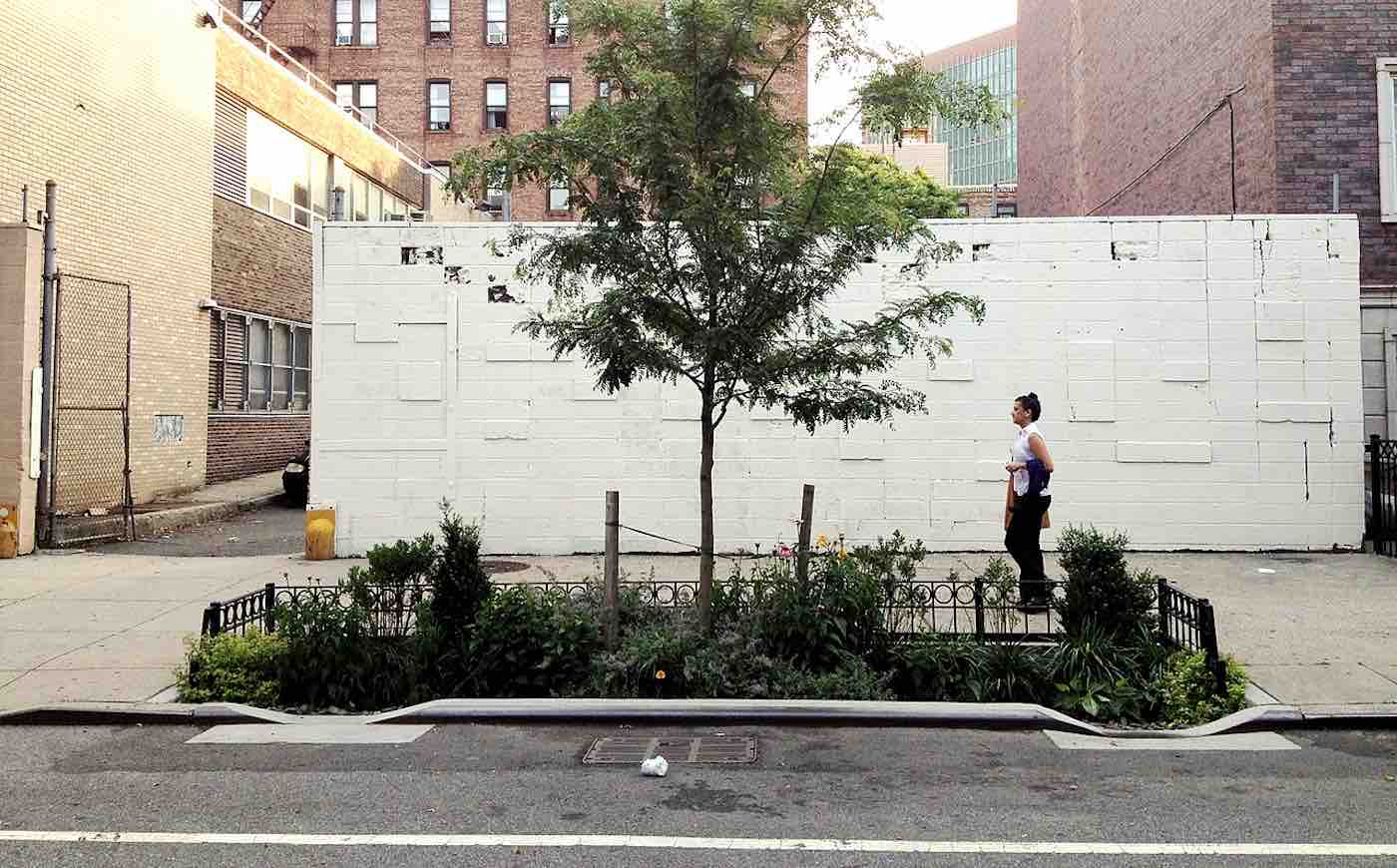Rainwater runoff is notorious for polluting urban waterways by sweeping up all the chemicals, pesticides, heavy metals, bacteria, and automotive oils that sully dense metropolitan areas.
Thankfully, cities across the west coast of the United States are rapidly applying a simple new method for combatting rainwater runoff: gardens.
These aptly-named “Rain Gardens” (also known as “bioswales”) are specifically designed to capture runoff and filter water before it enters the urban sewer system through city storm drains—and they don’t look half bad in front of your house, either.
According to a National Water Quality Inventory 1996 Report to Congress, rainwater runoff is the 2nd greatest polluter of water in estuaries—critical ecosystems for the health of shorelines and migratory and aquatic bird populations.
MORE: Cheap ‘Plant Pods’ That Can Grow More Lettuce in a Room Than Half-Acre Plot May End Hunger
During storm events or heavy snow melts, single facilities that treat both storm water and sanitary sewage may become overloaded from urban rainwater runoff and discharge untreated waste into surface waters.
Bioswales are typically planted on a slope above the roadside or sidewalk and below the level of the front porch to a typical house or building. This allows water flowing off of roofs, stairs, gutters, and parking lots to run down across the bioswale—ensuring maximum absorption of toxins and pollutants.
The city of Portland has become just one of the many west coast cities that have hopped on the bioswale train in the US. Over the course of the last 10 years, Portland has been helping citizens install the bioswales in their front and back gardens. Not only that, legislators have even gone so far as to take care of the bill.
The bioswales are part of a massive overhaul of the Portland sewer system called the “Green Streets” initiative.
“Green Streets reduces and manage rainwater runoff through interception, evapotranspiration, throughfall, and attenuation,” details the authors of the 2007 Green Streets policy report. “One of the most closely monitored facilities—the Glencoe Rain Garden—has performed extremely well… and has retained 94% of the runoff.”
According to a report from Sunset, the project will add 83 Green Street policy rain gardens and planters to filter 7.1 million gallons of runoff, ensuring the water has greatly reduced its pollutant potential before entering the sewer system.
LOOK: City is Converting Highway Pillars into Vertical Gardens to Clean the Air
As mentioned in the Green Streets report, the potential certain plants have to remove pollutants like oils, toxic chemicals, heavy metals, and harmful bacteria can be as high as 90%, while sediment content can be reduced by 80%. Since the gardens are also naturally drained and dried in 12 to 48 hours, there’s no risk of bioswales becoming mosquito breeding centers.
PPenvironmental created this simple DIY tutorial for building your own bioswale, whether in front of your house or near a creek or fresh water source, while Portland City authorities have launched this particular page where you can apply to have the percentage cost of installing a bioswale on your property recovered.
Plant Some Positivity By Sharing The Good News To Social Media – File photo by Chris Hamby, CC




















